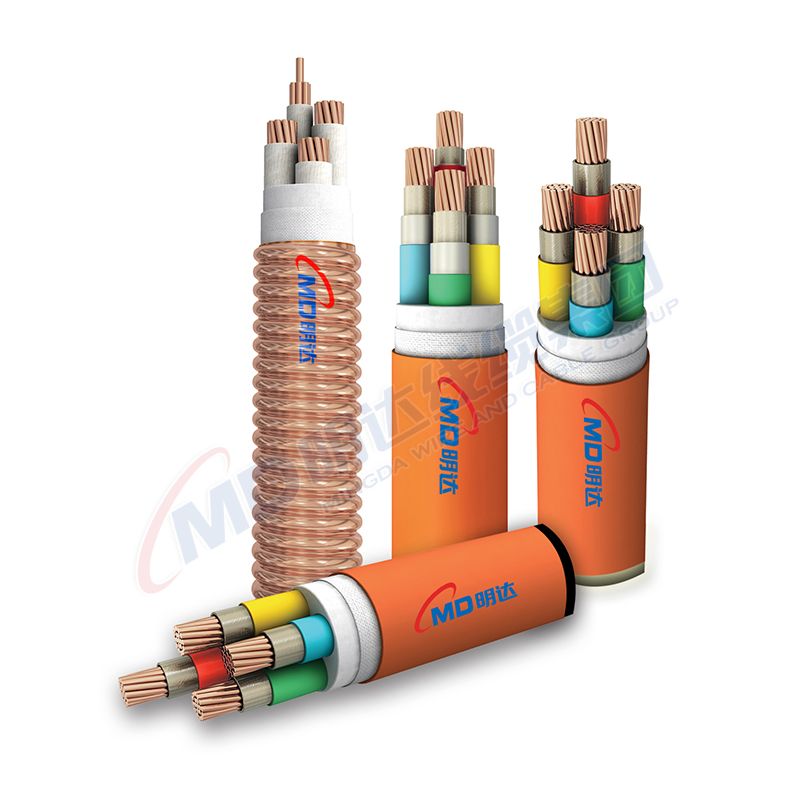ഡിസം . 05, 2024 10:25 Back to list
Lever-Activated Butterfly Valve for Efficient Flow Control in Various Applications
Lever Operated Butterfly Valve A Comprehensive Overview
In the world of fluid mechanics and control systems, the design and choice of valves play a pivotal role in the efficiency and safety of industrial processes. One such valve that has gained considerable attention in various industries is the lever operated butterfly valve. This article aims to elucidate the structure, function, advantages, applications, and maintenance practices associated with this essential component.
What is a Lever Operated Butterfly Valve?
The lever operated butterfly valve is a type of quarter-turn valve that utilizes a circular disc or “butterfly” to regulate the flow of liquids or gases within a piping system. The lever mechanism allows for manual operation, making it straightforward to open, close, or adjust the flow with minimal physical effort. When the lever is turned, the disc pivots on a shaft, which is positioned at the center of the butterfly valve. When the valve is in a fully closed position, the disc effectively seals against the seat, preventing any flow. Conversely, when the lever is turned to open the valve, the disc aligns with the flow, allowing for maximum fluid passage.
Structure and Design
The lever operated butterfly valve consists of several key components
1. Body The valve body is typically manufactured from robust materials such as stainless steel, cast iron, or plastic, depending on the intended application and the type of fluid being transported.
2. Disc The disc is the essential part of the valve responsible for flow control. It is designed to be aerodynamic, minimizing pressure drop when the valve is opened.
3. Shaft The shaft connects the disc to the lever mechanism. It is essential that the shaft is durable to withstand the stress of regular operation.
4. Sealing Mechanism Many butterfly valves utilize rubber or elastomer seals to ensure a tight shut-off. The choice of material for the seal can affect the valve's ability to withstand various chemical and temperature conditions.
5. Lever The manual lever allows for easy operation without requiring complex systems or automation. This simplicity is particularly beneficial in applications where manual control is preferred.
Advantages of Lever Operated Butterfly Valves
These valves are favored in various industries due to their numerous advantages, including
1. Simplicity of Operation The lever mechanism allows for quick and easy access, facilitating rapid adjustments to flow rates.
2. Compact Design Butterfly valves are generally smaller and lighter than traditional valves like gate or globe valves, making them advantageous in applications with space constraints.
lever operated butterfly valve

3. Cost-Effective Their straightforward design often results in lower manufacturing and installation costs compared to more complex valve types.
4. Low Pressure Drop The aerodynamic design of the disc minimizes turbulence and pressure loss when the valve is fully opened, contributing to the efficiency of the fluid system.
Applications
Lever operated butterfly valves find usage across multiple sectors
- Water Treatment Plants Used to regulate the flow of water and chemicals in treatment processes. - Industrial Processes Essential in chemical, oil, and gas industries for controlling the flow of various substances.
- Heating, Ventilation, and Air Conditioning (HVAC) Employed for airflow control in duct systems.
- Food and Beverage Industry Commonly used due to their ease of cleaning and maintenance.
Maintenance and Care
To ensure optimal performance, regular maintenance of lever operated butterfly valves is crucial. Key practices include
1. Routine Inspections Regular checks should be made to evaluate the condition of the seals and the integrity of the valve body and disc.
2. Cleaning Valves should be kept clean to avoid accumulation of debris that could impair operation.
3. Lubrication The shaft and lever mechanism require periodic lubrication to minimize wear and ensure smooth operation.
4. Testing Regular functional tests should be carried out to confirm that the valve opens and closes correctly.
In conclusion, lever operated butterfly valves stand out as reliable, cost-effective solutions for fluid control in various industries. Their simplicity, efficiency, and ease of use make them a favored choice among engineers and plant operators alike. Through proper maintenance and care, these valves can provide optimal performance and longevity, ensuring the smooth operation of critical systems.
Share
-
Reliable Wafer Type Butterfly Valves for Every IndustryNewsJul.25,2025
-
Reliable Flow Control Begins with the Right Ball Check ValveNewsJul.25,2025
-
Precision Flow Control Starts with Quality ValvesNewsJul.25,2025
-
Industrial Flow Control ReliabilityNewsJul.25,2025
-
Engineered for Efficiency Gate Valves That Power Industrial PerformanceNewsJul.25,2025
-
Empowering Infrastructure Through Quality ManufacturingNewsJul.25,2025